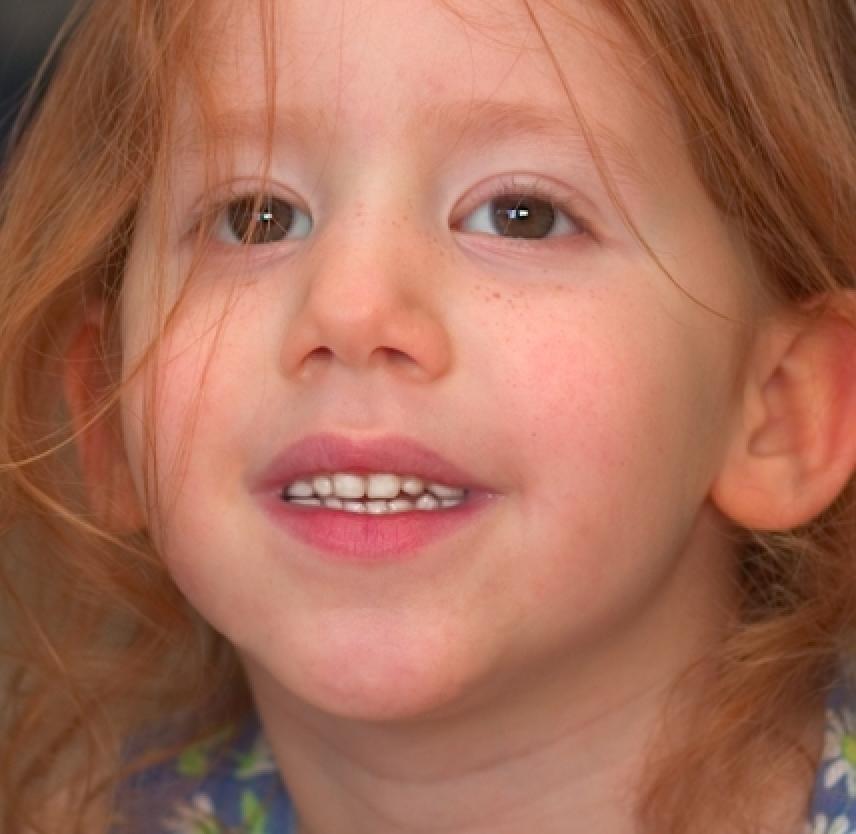
A child with a nonverbal learning disorder lacks ability to learn and generalize from everyday experiences. He often interprets his experiences differently than people around him.
Use everyday activities:
- This child often misinterprets the actions and behaviors of others. For example, Tommy may perceive the physical contact involved in games such as dodge ball or tag football as unfriendly behaviors, or signals that other children don’t like him. The adult task is to ask Tommy to describe his perceptions, and then to help him reinterpret them more appropriately.
Change the environment
- Keep your child’s room well organized, have a cubby for dolls, board games, etc. Set aside ten minutes each night before dinner to “clean up”, items should be placed in their respective containers. Do not let room messes add up, rather incorporate the ideas of cleaning and organization daily.
- Highlight the relationship between a child’s current activity and how it relates to the” bigger picture.” For example, when completing household chores on Saturday, talk about how all chores are completed by each family member so that the afternoon can be spent doing something together. In school, highlight the similarity between routines across the day and use the same words and strategies. For example, show how skills learned in literature can also be used in history class, such as outlines, highlighting skills, and note taking .
- Provide explicit instruction in the use of organizational devices for oral and written language (such cause-effect, time order, compare and contrast).
- Involve your child in structured and supervised peer activities. Remember that structured situations will help children to learn appropriate social behaviors.
- Provide a visual example of what child’s finished product (illustration, book report, clean room, locker interior) is supposed to look like. A picture is worth is a thousand words. Provide a completed example of homework and in class assignments. For example, on the math page, provide a completed sample problem for reference.
- Grade assignments on content and quality. Do not penalize for appearance.
- Discuss and explain figurative language and metaphors.
- Challenge your student to express himself concisely. For example, “Give me a one word (or a one sentence) answer”; “What is the one most important fact in that paragraph?”
- Provide your student explicit instruction in language pragmatics.
- Assess mastery with multiple choice and matching tests, rather than essay exams.
- Preview and pre-teach important concepts prior to introduction of new units in science and social studies (such as emancipation, democracy, photosynthesis, condensation, etc.)
- Establish classroom rules for appropriate social interaction, post rules on the wall and provide real life example of appropriate and inappropriate behavior, specifically comments.
Teach new skills:
-
Teach your child how to read the non-verbal signals of others (tone of voice, facial expressions, and posture.) Teach specific social skills, social niceties, manners, and expected socially appropriate reaction to both humorous and sad events.
-
Brainstorm and role-play the following situations:
- You see a friend sitting on the ground crying… (pat him on the shoulder and ask what is wrong)
- You see someone get hurt (go over to him and ask if he is okay)
- You knock someone’s papers on the ground (say “I’m sorry” and pick them up)
- Make the relationship between behavior and values explicit. For example, when you go over to your friend who is sitting on the ground crying and pat him on the shoulder and ask him what is wrong you are being a good friend, showing concern, valuing other, etc.
- Praise and reward the demonstration of quality values and manners.
-
Brainstorm and role-play the following situations:
- Teach your child how to anticipate how their behaviors impact others, use real life situations, and videos. Have the child guess how something would make them feel, or someone else feel. Brainstorm and practice responses that your child has identified as making others “feel good”.
- Practice the difference between talking to adults and talking to peers. Highlight specific words, phrases and language that are appropriate and inappropriate for each group.
The idea of time requires explicit instruction. While many children can tell time on a clock or watch, they do not have an inherent sense of time. In other words, they are poor estimators of the time required to complete social and academic activities. Teach time management explicitly by estimating how long tasks will take and then timing them. Allow your child the actual time required to complete tasks.
Teach strategies for reading comprehension skills
- Provide explicit handwriting instruction in early grades.
- Teach mechanical arithmetic in systematic, verbal, step-by-step format using examples and algorithms. Allow the use of computational aides, including number line and a number facts chart.
- Teach use of verbal strategies to interpret visual spatial information such as maps, charts and graphs. Teach him how to master and recall visual information by formulating concepts in language. For example, looking at a map of the United States, show me where Wyoming is and describe where it is to me (Colorado is North of New Mexico, South of Wyoming, East of Utah, West of Kansas and Nebraska).
- Provide explicit explanations of figurative language, metaphors, idioms, and jokes. A child with a nonverbal learning disorder often finds to difficult to understand statements such as “It’s raining cats and dogs,” “the pot calling the kettle black,” and “can’t see the forest for the trees.”
- Provide explicit instruction in written language structures, such as cause-effect, time order, explanations by example, and compare and contrast.
- Teach keyboarding and word processing skills.
See other BrainSTARS articles.
From BrainSTARS, Brain Injury: Strategies for Teams And Re-education for Students, © 2002 Jeanne Dise-Lewis, PhD. Used with permission. The manual is available in English and Spanish. For more information or to order copies, call 720.777.5470 or chris.moores@childrenscolorado.org. A short video on how to use the BrainSTARS manual is available at www.youtube.com/BrainSTARSprogram.
